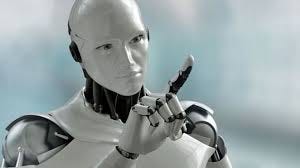The workplace is changing faster than ever. Manual labor was already largely replaced by automation. The impact of automation created a more educated workforce. People were required to get more advanced education so they could perform complex tasks that were beyond what machines could do.
The recent advances in AI and robotics may lead to a future where education is not enough. More importantly, AI may make people unnecessary. If in past revolutions people became under qualified and had to adjust, with AI there may be no adjustment to make. A large portion of the workforce will be taken over by machines, and people will have to find something else to do with their now significant free time.
There are certain professions that are likely to last longer than others. For example, surgeons will be easier to replace by robots than nurses. In fact, while automation took over manual labor, AI may initially take over highly specialized professions. But, ultimately, we can expect machines to take over the entire workforce.
What will people do in a world where their labor isn’t needed? It’s going to be a rough adjustment. Work has been central to our culture and lives for a very long time. But, not always. Hunter gatherer communities certainly had to spend time getting food and supplies. However, outside of that, they could spend most of their time on social and artistic activities.
I don’t know what the workforce will look like in a 100 years. But, I’m certain it will be very different. While many things will become easier and simpler, the quest for purposes and satisfaction will likely become increasingly challenging.
